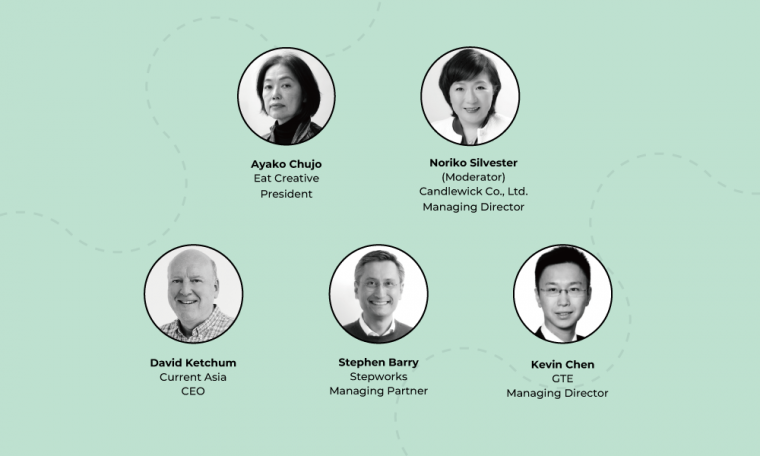Navigating Cross-Cultural Business for Global Growth
Japan’s brands have no shortage of ambition. The real challenge is translating that ambition across markets that play by different rules. That was the premise of a recent Asia Marketing Network (AMN) webinar for Japanese companies exploring international growth. Moderated by Noriko Silvester of Candlewick, the discussion brought together AMN’s Ayako Chujo (Eat Creative), Stephen Barry (Stepworks), David Ketchum (Current Asia), and Kevin Chen (GTE) for a frank look at what really drives success when Japan goes global.

Different Systems, Same Goals
The panel agreed on one key truth: every country runs on its own business ‘operating system.’ The goals – trust, growth, results – are universal, but the path to get there varies. For Japanese firms, success overseas isn’t about exporting domestic process; it’s about learning to work within multiple systems while keeping sight of the outcomes that really matter.
Japan’s Paradox: Precision vs. Pace
Across AMN’s client network, a familiar tension appears again and again. Japan’s rigorous approval structures and high standards protect quality, but can slow decision-making in fast-moving markets. Another friction point lies in reliance on distributors, which can distance HQ from customers and dilute control of the story. The fix is often structural: empower teams closer to the market, shorten the feedback loop, and define which decisions truly need head-office approval.
Choosing the Right Tempo
Cultural contrasts show up quickly. Markets like China and the U.S. value speed and iteration, whereas Japan and much of Europe lean toward process and principle. Neither approach is ‘better.’ The real skill lies in knowing when to sprint to learn and when to slow down to align. Misreading pace as impatience or caution as resistance is where collaboration breaks down.
From Outputs to Outcomes
A shared lesson from the panel: start with why, not how. Define success by outcomes (commercial impact, learning velocity, brand influence), then give local teams freedom to find their own path. Once everyone agrees on the destination, debates over format, timing, or presentation lose their edge and politics.
Communication that Travels
Effective cross-border work needs layers. Use written materials to lock down facts, live discussions to surface nuance, and informal chats to build trust. For Japanese teams especially, explaining the “why” behind a decision, clarifying internal processes, and being explicit about next steps helps overseas partners understand limits without damaging relationships.
The Takeaway
Cultural differences don’t have to be barriers – they can be assets. The most successful Japanese leaders build fluency in multiple ways of working, empower decision-making closer to the market, and measure success by relationships and results, not just deliverables. When Japan’s precision meets global agility, it’s not a compromise, it’s a competitive advantage.
If you enjoyed this piece, subscribe here to The Eat Digest - our monthly newsletter covering our latest insights, Japan brand and marketing news, and more.